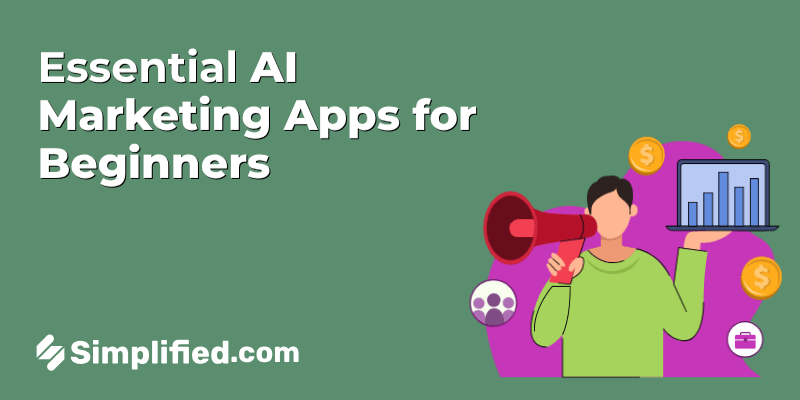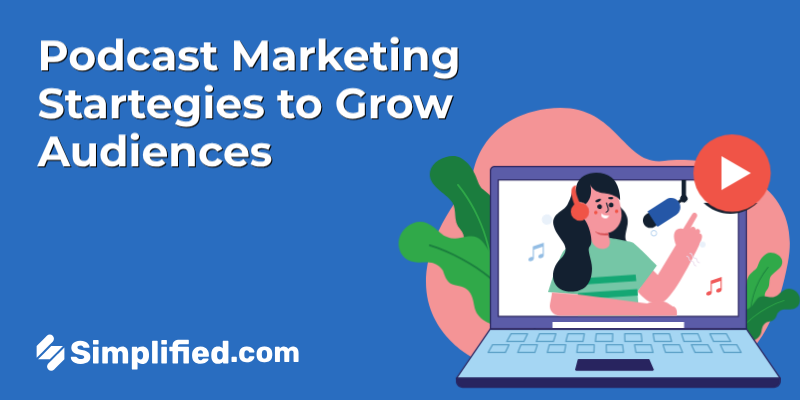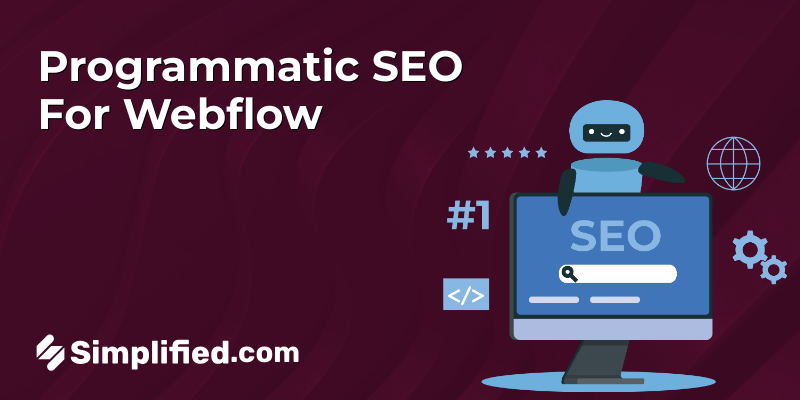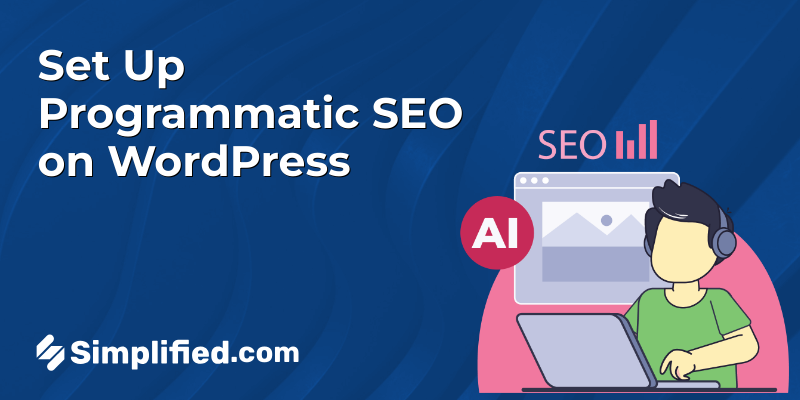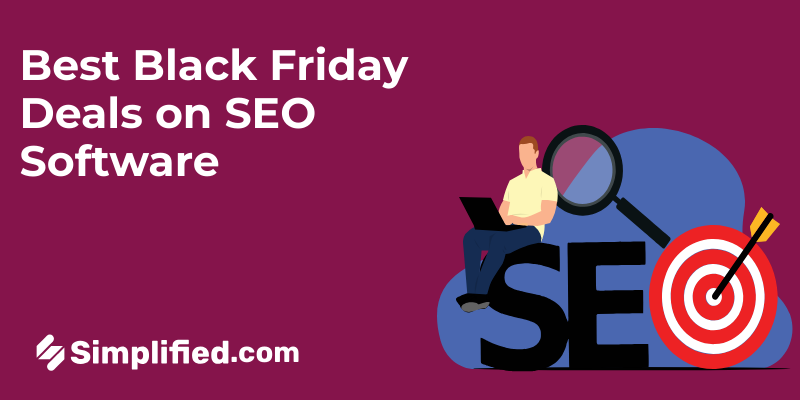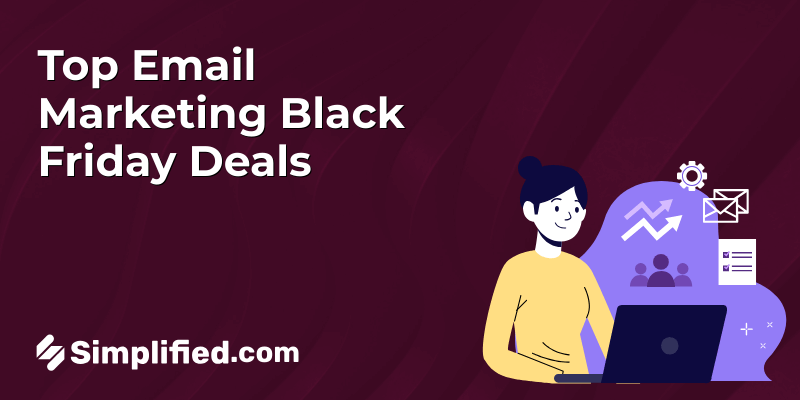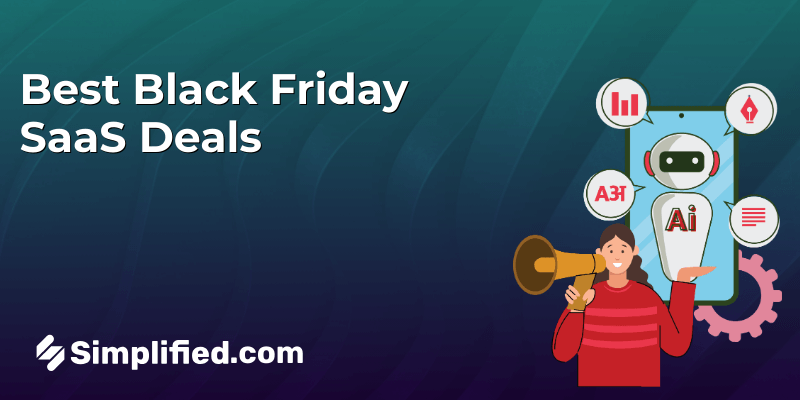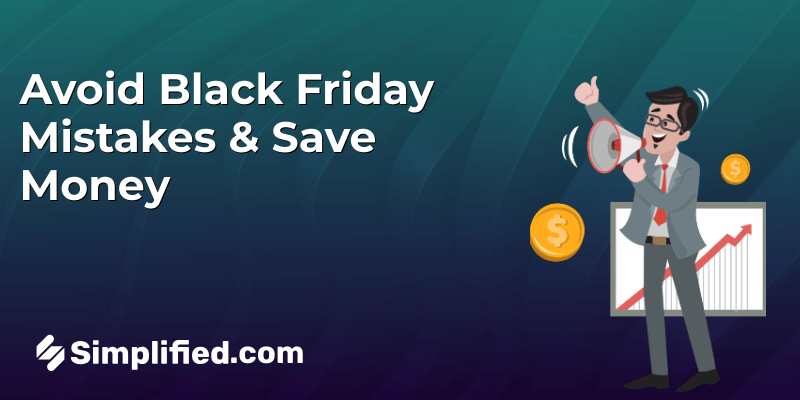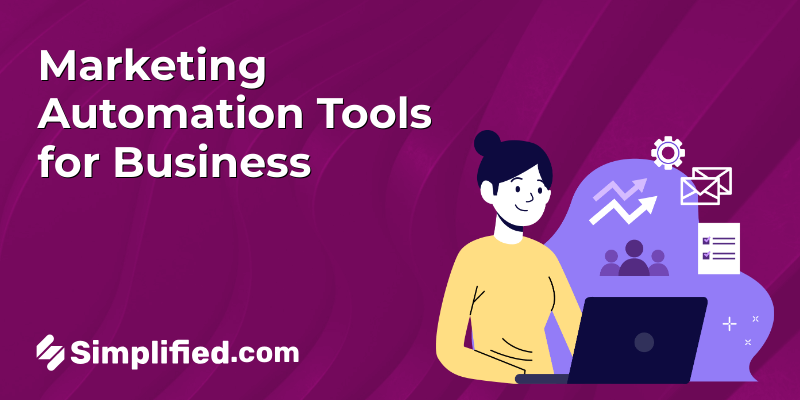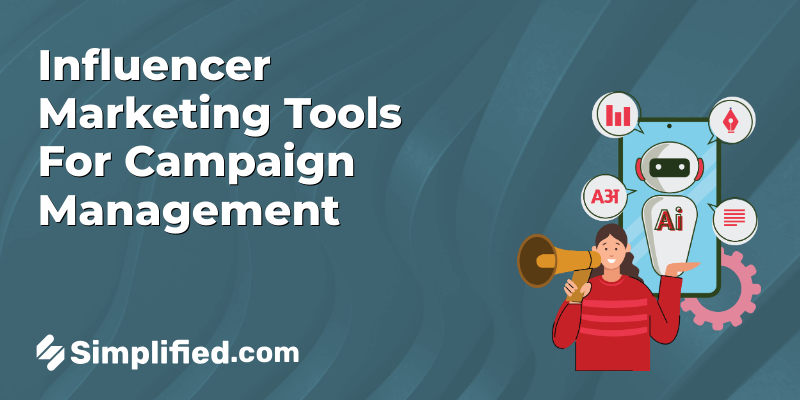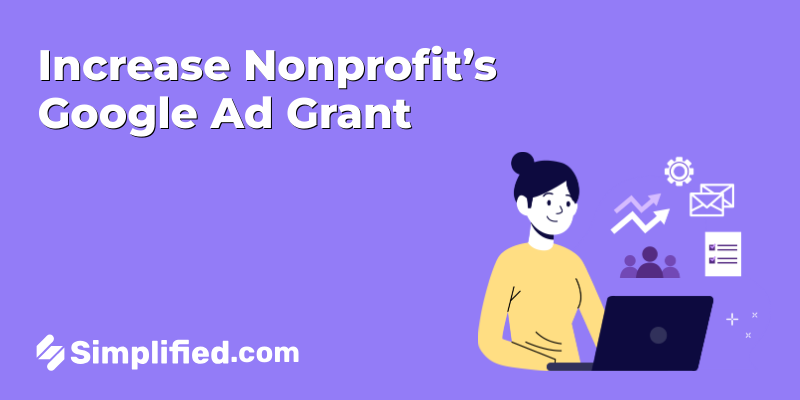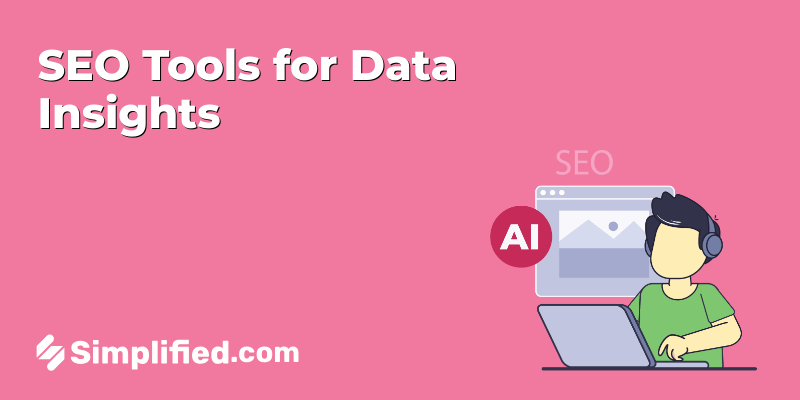
Call to action buttons guide users towards an action. Thinking of the most effective ways to motivate a customer? Look no further because you’ve arrived at the closest psych guide available to you.
Yes, basic principles of psychology can be applied to convince customers into clicking on your Call-To-Action button. And no, these methods are in no way sneaky and have been in use within the industry for years now.
A person drafting the CTA, and thinking about what should go where needs to understand that your business’s website is simultaneously competing with billions of other websites. So the need for CTAs to stand out and be persuasive is quite high.
Here are some ways you can motivate an audience, with an effective Call To Action, that gets the job done!
Using repetition.
The human brain automatically scans material for themes and patterns that can help it process and understand information faster. Take advantage of the brain’s inclination to seek out repetition and use a recurring phrase to prime your user for the call to action.
For example, if you want more people to sign up for your newsletter, incorporate phrases like “save money” throughout the page. Use that phrase in the header, body, and final call-to-action button. By the time the user reaches the call-to-action button, his brain has already correlated the action of “clicking to subscribe” with saving money.
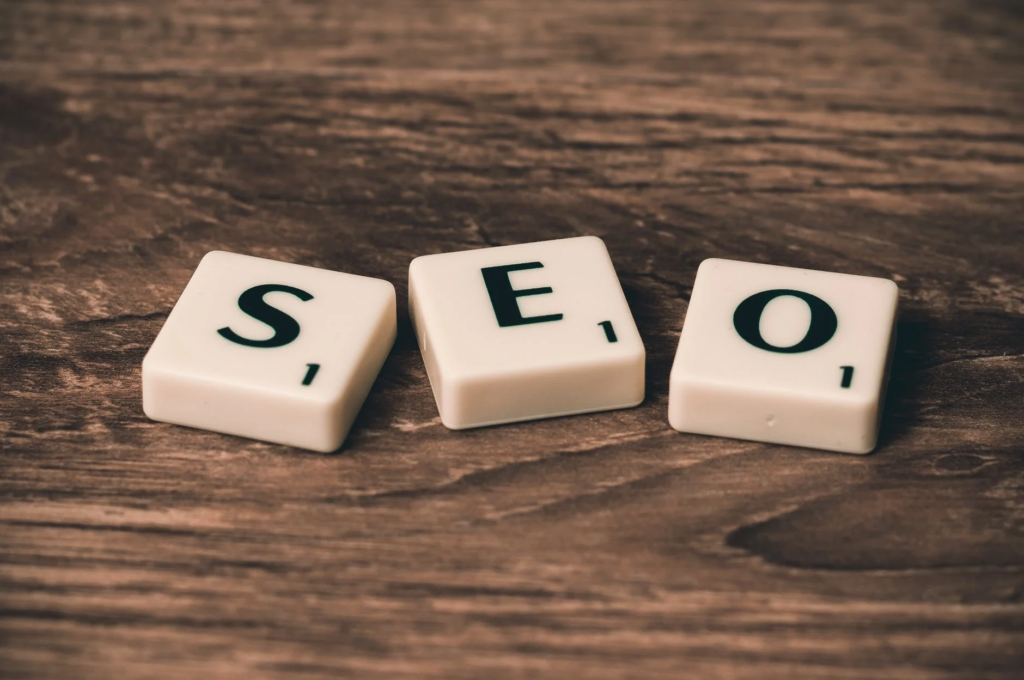
Using targeted SEO keywords.
If you’re not sure which recurring phrase will be effective, use your targeted SEO keyword. This provides a seamless start-to-finish search experience for the user. He types the keyword into the search engine, then recognizes it in your ad copy or meta description, then sees it again once he clicks through to your page. By the time he reaches the call to action containing the same keyword, his brain has begun associating your page with the phrase he initially searched, and he won’t hesitate to click the button.
Creating a sense of urgency.
Ever notice how Black Friday, End of Season sales, and holiday sales all come with an urgent sense of time?
The time limit is implied to make the customer feel like they might miss out on saving money if they don’t make purchases during the sale.
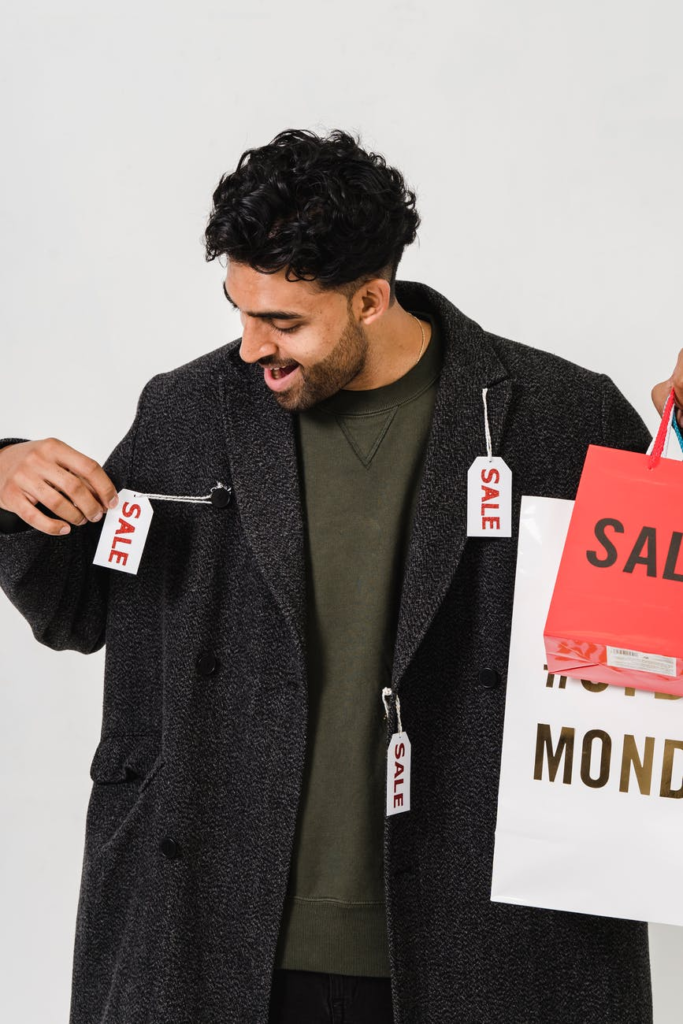
You can improve conversions by creating the same sense of urgency. Also known as scarcity marketing, this technique uses phrases like “last chance,” “offer expires,” or “going fast.”
Exclusivity is another powerful motivator. Nothing feels more exclusive than being one of the first to have the insider scoop, especially if you can give the user bragging rights.
Focus on what or how the customer will be benefiting.
Psychologically, users aren’t interested in bells and whistles. They’re interested in how those bells and whistles help them solve problems. Think about how your product saves time, money, or hassle for the user, then incorporate that value into your call to action.
Simplified Tip: A call-to-action button that says “never be late again” is more impactful than one that says “get our time management app.”
Phrase your call to action to focus on results and you’ll instantly see more clicks.

How can you minimize risks?
The confidence that a product screams when it comes with a “money-back guarantee” is immeasurable. Commonly known as minimizing risk. This alleviates your user’s fears and hesitations during the buying process and encourages them to buy or sign.
While you’re at it, don’t overlook the power of the word “free.” It can be one of the most powerful and persuasive words in the English language and it’ll help you get more clicks.
Remember, the less risk involved, the more likely your user is to click a call to action. Telling them something is free eliminates any financial risk in their mind.
Make sure you’re keeping it simple.
It’s good practice to follow up your primary call to action with a secondary one. Eg: following your company on social media after purchasing a product. However, it isn’t a good practice when your primary call to action is followed by several more calls to action.
The more options you give the user, the less likely they are to choose one. This phenomenon is called decision paralysis, and preventing your visitors from it can help you get higher conversions.
Make sure your primary call to action is immediately visible and understandable. Then, see if other elements on the page could distract visitors from that call to action. If you’re giving the visitor several other calls to action to click on, it’s probably too much. Better Shopify sales are just a few steps away.

